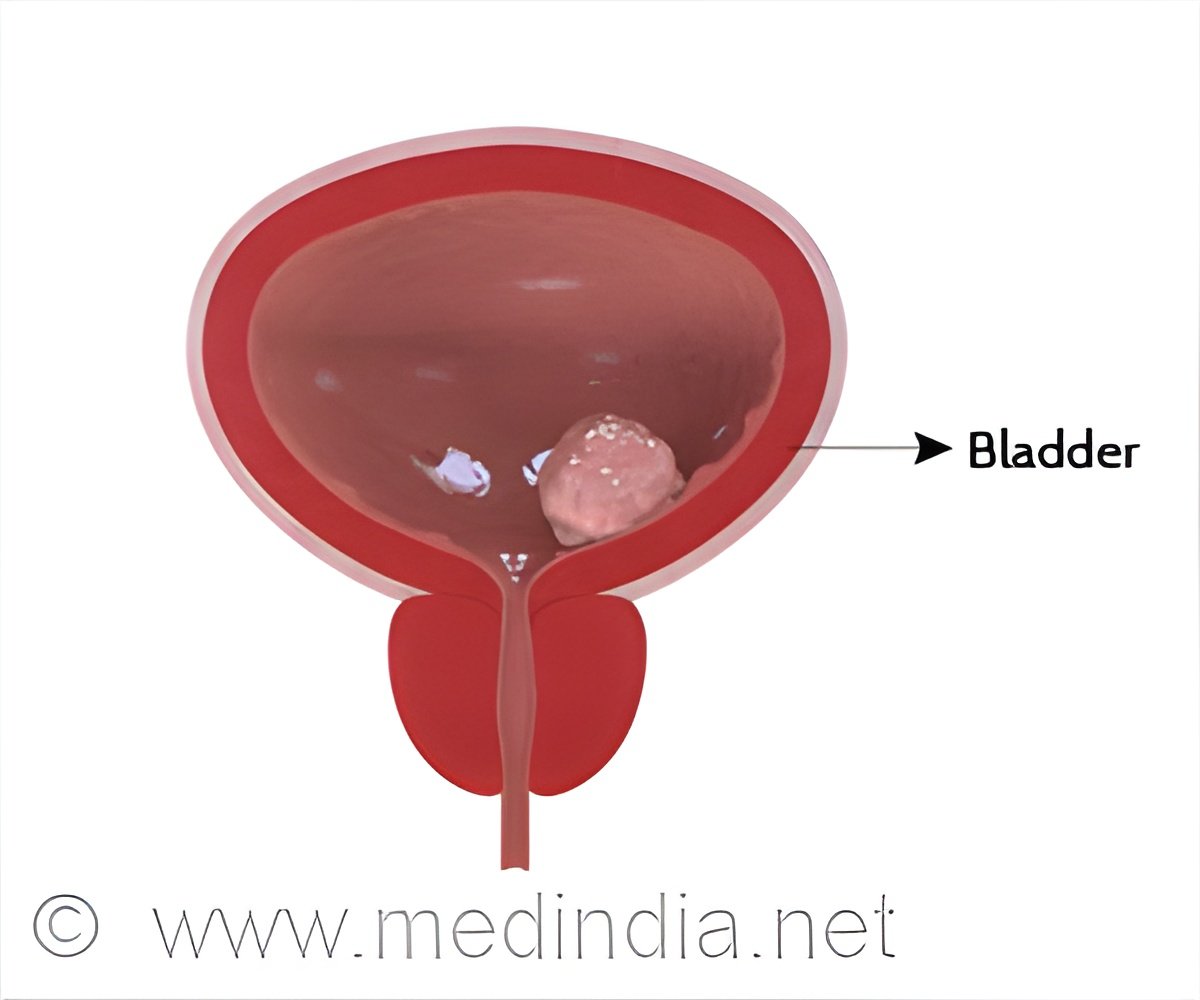- Ensure a snug yet comfortable fit to minimize scalp pressure
- Maintain scalp cleanliness to prevent sweat buildup and irritation
- Seek professional advice for persistent scalp issues or hair loss concerns
Helmet usage is widely encouraged and mandated in various activities such as cycling, motorcycling, and certain sports to prevent head injuries. However, there has been anecdotal concern among individuals that wearing helmets for prolonged periods might lead to hair loss. This report aims to investigate whether there is any scientific basis to support the notion that wearing a helmet can cause hair loss (1✔ ✔Trusted Source
The effect of a helmet type, home-use low-level light therapy device for chemotherapy-induced alopecia: study protocol for a randomized controlled trial
).
Hair loss, medically known as alopecia, can be caused by various factors including genetics, hormonal changes, medical conditions, and certain medications. External factors such as tight hairstyles, excessive pulling, and friction can also contribute to hair loss.
Proper fit and ventilation are key to helmet comfort and hair health! #helmet #hairloss #medindia’
Several studies have explored the relationship between helmet usage and hair loss. A study published in the “Journal of the American Academy of Dermatology” in 2019 examined the effects of helmet use on hair and scalp. The researchers found no significant association between helmet usage and hair loss in their study participants (2✔ ✔Trusted Source
Scalp Condition Impacts Hair Growth and Retention via Oxidative Stress
).
Another study published in the “International Journal of Trichology” in 2017 investigated the impact of helmet pressure on the scalp and hair. The results suggested that while prolonged pressure from helmets may lead to temporary hair thinning or breakage, there was no evidence to suggest a direct link between helmet usage and permanent hair loss.
Friction, Pressure, Sweat: Do These Helmet Issues Lead to Hair Loss?
Theoretically, wearing a helmet for extended periods could potentially lead to hair loss through several mechanisms:
1. Friction:
Continuous rubbing of the helmet against the scalp may cause friction, leading to hair breakage or damage to the hair follicles.
2. Pressure:
Tight-fitting helmets may exert pressure on the scalp, potentially restricting blood flow to the hair follicles and causing temporary hair loss.
Advertisement
3. Sweat and Moisture:
Prolonged wearing of helmets in hot and humid conditions may result in sweat accumulation on the scalp, creating an environment conducive to fungal or bacterial infections that could affect hair health.
How to Prevent Hair Loss Caused by Helmets?
Ensure Proper Helmet Fit
- Choose a helmet that fits snugly but comfortably on your head without excessive tightness.
- Adjust straps and padding according to manufacturer guidelines to distribute pressure evenly.
- Regularly check and readjust helmet fit to accommodate changes in hairstyle or head size.
Take Regular Breaks
- When engaged in activities requiring prolonged helmet use, such as cycling or motorcycling, schedule periodic breaks to remove the helmet and allow the scalp to breathe.
- Aim for breaks of at least 10-15 minutes every hour, if possible, to relieve pressure and minimize friction.
Maintain Good Scalp Hygiene
- Wash your hair and scalp regularly with a mild shampoo to remove sweat, dirt, and oil buildup.
- Use a moisturizing conditioner to keep hair hydrated and prevent dryness and breakage.
- Consider using a scalp-friendly antifungal or antibacterial shampoo if you frequently sweat under your helmet.
Protect Hair Before Helmet Use
- Apply a leave-in conditioner or hair oil before wearing a helmet to provide a protective barrier between the hair and the helmet surface.
- Braid or tie back long hair to minimize friction and tangling within the helmet.
Choose Helmets with Proper Ventilation
- Opt for helmets designed with adequate ventilation to promote airflow and reduce heat and moisture buildup on the scalp.
- Consider helmets with moisture-wicking padding or liners to help keep the scalp dry during physical activity.
Monitor Scalp Health
- Regularly inspect your scalp for any signs of irritation, redness, or inflammation that may indicate pressure-related issues or skin conditions.
- Seek prompt medical attention if you experience persistent scalp discomfort, hair thinning, or unusual hair loss patterns.
Consult a Dermatologist if Necessary
- If you notice significant hair loss, scalp irritation, or other concerns related to helmet usage, consult a
dermatologist ortrichologist for expert evaluation and guidance. - A professional can assess your scalp and hair health, provide personalized recommendations, and address any underlying medical conditions contributing to hair loss.
While there is some theoretical basis for the concern that helmet usage may contribute to hair loss, scientific evidence supporting this claim is limited. Existing studies suggest that any potential effects of helmet usage on hair are likely temporary and reversible, rather than leading to permanent hair loss. Proper helmet fit, regular scalp hygiene, and breaks during prolonged helmet use may help mitigate any potential risks.
Advertisement
Further research could explore the long-term effects of helmet usage on hair health, considering factors such as helmet design, materials, and ventilation. Additionally, studies examining the prevalence of hair loss among individuals who regularly wear helmets in various activities could provide valuable insights into this topic.
This report aims to shed light on the relationship between helmet usage and hair loss, emphasizing the need for evidence-based understanding and practical recommendations for individuals concerned about this issue.
References:
- The effect of a helmet type, home-use low-level light therapy device for chemotherapy-induced alopecia: study protocol for a randomized controlled trial – (https://www.ncbi.nlm.nih.gov/pmc/articles/PMC10696878/)
- Scalp Condition Impacts Hair Growth and Retention via Oxidative Stress – (https://www.ncbi.nlm.nih.gov/pmc/articles/PMC6369642/)
Source-Medindia



